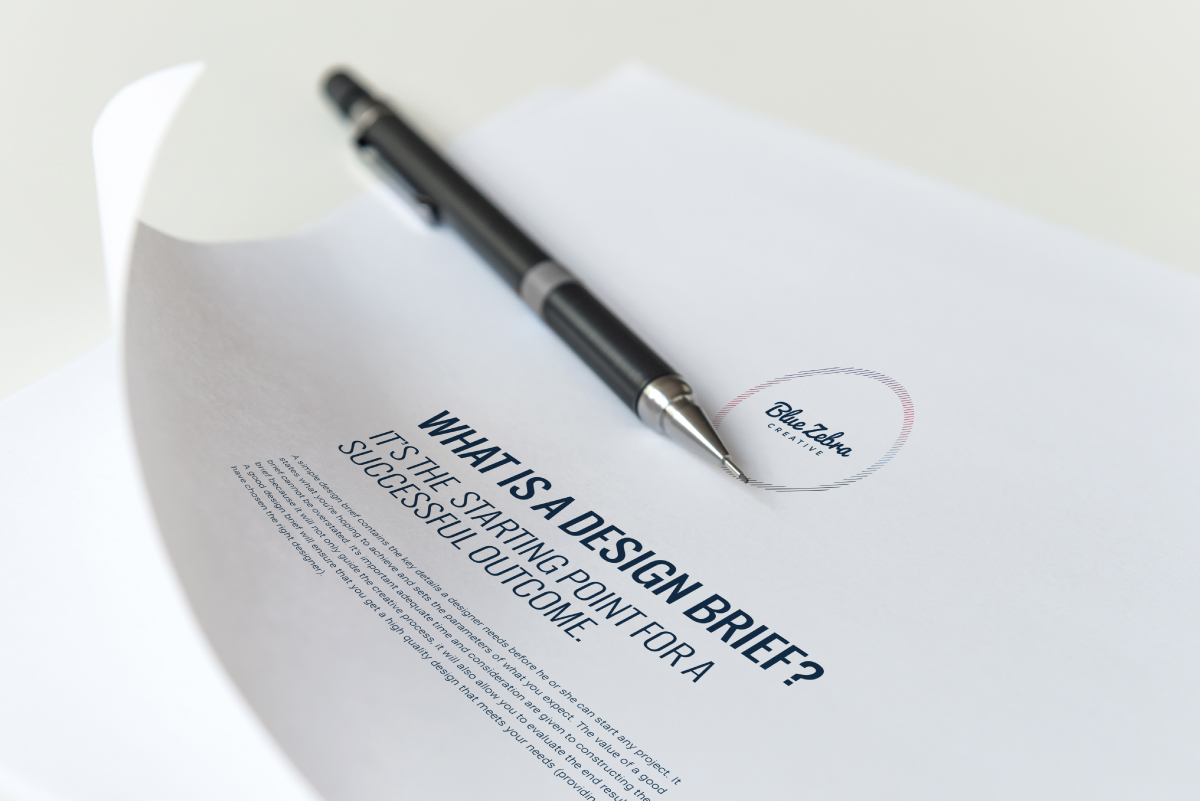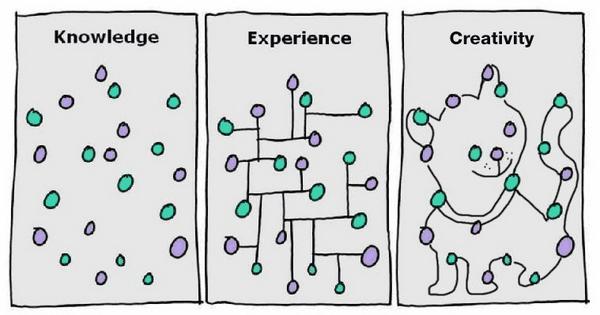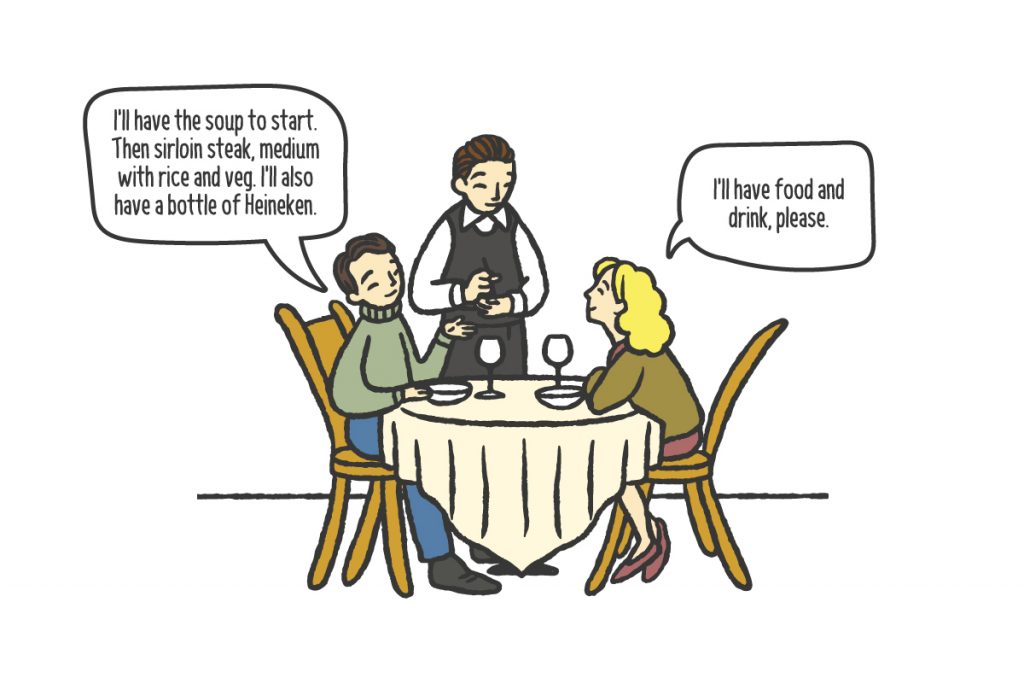
The Design Brief
- by gmashworth
- in Design
- posted February 19, 2018
It’s the starting point for a successful outcome. According to Wikipedia, a design brief is:
“A written document for a design project developed by a person or team (the ‘designer’ or ‘design team’) in consultation with the ‘client’. They outline the deliverables and scope of the project including any products or works (function and aesthetics), timing and budget.” – Wikipedia
Why is it needed?
Every design project begins with as a blank canvas—and this is where precious time can be lost. When you provide a brief, you’re providing dots. It’s the designer’s responsibility to connect those dots. What some people don’t realise is that a graphic designer traditionally follows instructions. Professionals such as marketers and advertising executives aren’t required to have design skills—their role is to brainstorm and develop ideas or concepts. They then collaborate with a creative to bring those ideas to life.

Graphic design is about problem-solving and adding value. It’s a process of visual communication that blends ideas, imagery, and text to effectively convey information to an audience. The process is a team effort—and that initial idea, the foundation, comes from the client.
Think of briefing a designer like ordering at a restaurant. You don’t just ask the waiter for “food and drink”; you specify what kind of meal you want, how it should be cooked, and even the brand of drink. The same principles apply when working with a designer.

Admittedly, completing a design brief can feel daunting and, in some cases, time-consuming. While a detailed brief isn’t always necessary for every project, there are key elements that should be addressed—even for smaller jobs. You’ll find plenty of guidance online, but here are six core questions I believe every brief should cover:
- What do you need? What are your goals?
- What copy (text) and imagery are required?
- What are the specifications? (e.g. size, format, medium)
- Do you have a benchmark or reference in mind?
- What is your budget?
- What is the timeline or deadline?
Naturally, projects involving branding, rebranding, or websites require a deeper dive. I’ll be covering the budget topic in another post, but for now, these six points are key to any successful project outcome.
Brief vs. No Brief – A Quick Comparison
I’ve worked on projects where the client provided a clear, detailed brief—and the difference it made was night and day. We hit the ground running, met deadlines with ease, and delivered exactly what they envisioned. On the other hand, I’ve also experienced projects where the only instruction was, “Just make it look good.” In those cases, the process takes longer, revisions pile up, and the final result still might miss the mark—not for lack of skill, but because the direction was never clearly defined.
Clear communication upfront builds trust and saves time (and money) later on. A brief doesn’t stifle creativity—it gives it purpose.
Why it Matters Beyond Design
It’s also worth noting that a good brief isn’t just helpful for the designer—it’s a valuable exercise for the client. It forces you to define what success looks like. What are you trying to say? Who are you trying to reach? What feeling should your audience walk away with? The clearer your goals, the more effective the design solution.
To wrap up:
Design briefs aren’t just paperwork—they’re the blueprint for turning ideas into impact. Whether the job is big or small, a brief helps ensure everyone is on the same page from the start. It’s not fair to have a lethargic approach, leave it to the designer to press a mythical magic button. If that’s your expectation, you’ve been misinformed or the graphic design profession has been misrepresented. And please don’t base your brief on—I’ll know it when I see it.
Have you ever written a design brief before? What was your experience—was it helpful or challenging? I’d love to hear your thoughts, especially if you’re a fellow designer or someone who’s commissioned design work.

Comments
Franeo
December 7, 2018 at 8:21 amIs my first visit to this website. I found post truly useful, it helped me a lot. Grazie.